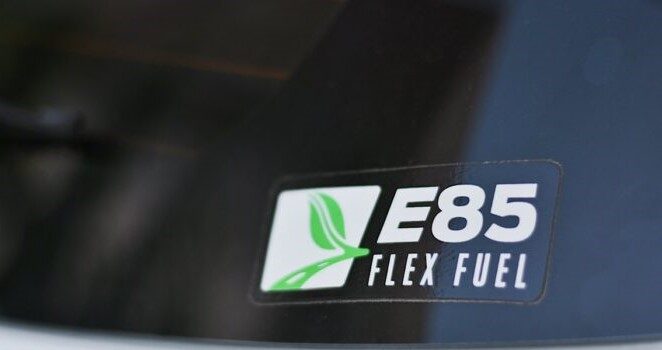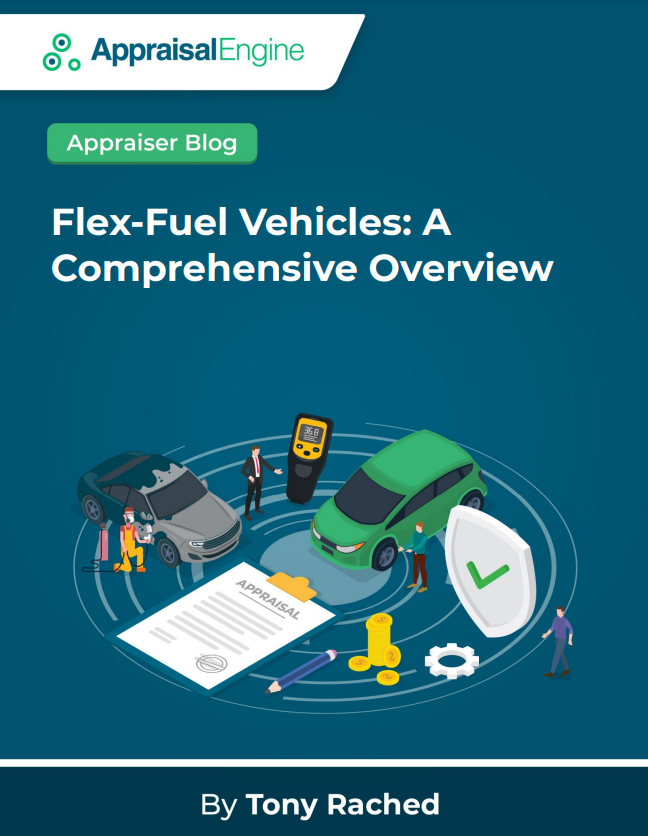Flex-Fuel Vehicles: A Comprehensive Overview
Flex fuel, short for flexible fuel, denotes a unique type of fuel that goes beyond the traditional gasoline composition. It is a blend of gasoline with another fuel, commonly ethanol, creating what is known as E85. This article aims to unravel the intricacies of flex fuel, covering its composition, the characteristics of flex-fuel vehicles, and where one can find this alternative fuel.
You can access the PDF document of this article by clicking here.

What Is Flex-Fuel?
Flex fuel is a versatile fuel blend, typically consisting of a mix of gasoline and either ethanol or methanol. While ethanol is the predominant choice, some vehicles have been tested to run on a combination of gasoline and methanol. Ethanol, often derived from renewable sources like corn, sugarcane, or switchgrass, is recognized for its environmentally friendly attributes, contributing to reduced greenhouse gas emissions and diminished dependence on fossil fuels.
The blend known as E85, comprising 51% to 83% ethanol depending on the season and location, is the most common flex fuel mixture. Flex fuel vehicles, equipped with engines capable of handling various gas-ethanol blends, can seamlessly operate on any combination, up to E85.
Characteristics of Flex-Fuel Vehicles
Flex-fuel vehicles are essentially conventional cars, trucks, or SUVs with engines modified to accommodate blended fuels. The critical adaptations focus on the fueling system, particularly the integration of an oxygen sensor. This sensor monitors the oxygen content in the exhaust gases, allowing the vehicle’s computer system to adjust the air-to-fuel ratio and other parameters for optimal combustion performance.
Notably, flex-fuel cars handle fuel blending autonomously, eliminating the need for driver intervention. Whether it’s pure gasoline, E10, E85, or any mix of gasoline and ethanol, the vehicle dynamically determines the best fuel mixture for efficient performance.
Where to Find Flex Fuel
Access to flex fuel is facilitated by an extensive network of over 4,200 public E85 stations across 44 states in the United States. Recognizable by a yellow sign indicating the ethanol blend they offer, these stations provide a convenient way for flex-fuel vehicle owners to refuel. The U.S. Department of Energy offers an interactive map for locating flex fuel stations based on ZIP codes.
While using ethanol blends may impact fuel economy, the cost advantage of E85 over gasoline could make it a viable option. The decision to adopt flex fuel ultimately hinges on personal preferences and the local availability of ethanol.
Pros and Cons of Flex Fuel
Flex Fuel Benefits:
- Environmentally Friendly: Ethanol burns cleaner than gasoline, reducing toxic emissions and greenhouse gases.
- Burning Flexibility: Flex-fuel vehicles can efficiently burn any proportion of fuel mixture in the combustion chamber.
- Advanced Technology: Modern flex-fuel vehicles utilize electronic sensors for seamless adjustment to different fuel blends.
- Sustainable Production: Ethanol, a common component of flex fuel, is often produced sustainably from sources like cane sugar and corn.
- Tax Benefits: Flex fuel vehicle owners may receive tax credits, reducing or eliminating their tax obligations.
- Improved Performance: Flex-fuel vehicles can exhibit increased torque and horsepower when using E85 fuel.
Disadvantages of Flex Fuel:
- Sole Crop Use: Production challenges and reliance on specific crops may impact the prices of essential commodities like animal feed.
- Possible Engine Damage: Ethanol’s propensity to absorb dirt could lead to engine corrosion.
- Gas Mileage Concerns: Flex-fuel vehicles may experience lower mileage due to ethanol containing less energy than gasoline.
- Scarcity of Fuel Stations: The availability of flex-fuel is currently limited, with only a small percentage of gas stations supplying ethanol.
Conclusion
The debate surrounding flex-fuel vehicles continues, with environmental benefits and technological advancements driving interest in this alternative fuel source. While there are considerations such as potential engine damage and limited fuel station availability, the growing emphasis on sustainable and economical fuel sources suggests that flex-fuel may play a more significant role in the future of automotive technology.
As technology evolves, the landscape of flex-fuel vehicles may witness further advancements, making them an increasingly attractive option for environmentally conscious drivers.
This article about Zero-Emission Vehicles may offer more insights about sustainable driving.





